Success Stories Details
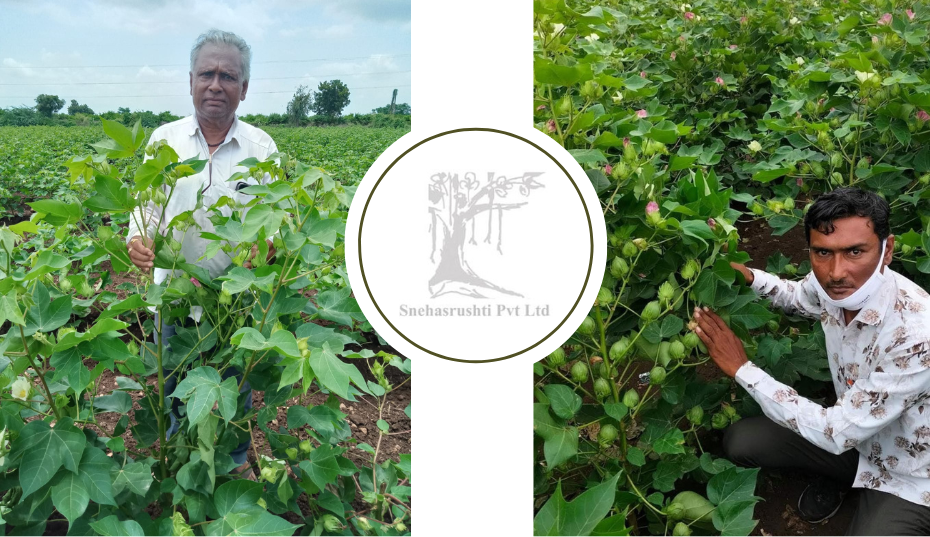
Crop : Cotton
Cotton farming is a vital component of global agriculture, providing a versatile fiber used in textiles, clothing, and various industrial products. Cultivated in regions with warm climates and adequate water supply, cotton crops require careful management throughout their growth cycle. Farmers typically prepare the soil before planting, often using sustainable practices to minimize environmental impact.
Planting usually occurs in the spring, with seeds sown directly into the soil or through precision planting methods. Through the growing season, farmers monitor the crop for pests, diseases, and weed infestations, employing integrated pest management techniques and, increasingly, adopting biotechnology for pest resistance. Adequate irrigation is crucial, particularly in arid regions, to ensure optimal growth and yield.
Snehasrushti Products Goals
Organic farming products aim to achieve several objectives that prioritize environmental sustainability, human health, and animal welfare. Organic farming aims to minimize the use of synthetic pesticides, herbicides, and fertilizers. Instead, it relies on natural methods such as crop rotation, composting, and biological pest control to maintain soil fertility and control pests and diseases. Organic farming practices focus on maintaining and enhancing soil health by promoting biodiversity, reducing soil erosion, and improving soil structure.
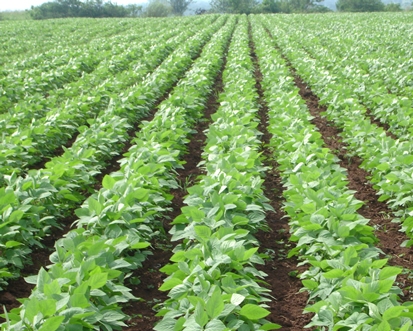
Snehasrushti Products Benefits
Organic farming practices typically result in food products that are free from synthetic pesticides and fertilizers. This can reduce the risk of exposure to harmful chemicals for both consumers and farmers.
- Growth achieved in 52 days
- Increased number of bolls per plant
- Increases crop yield
- Organic farming relies on natural fertilizers such as compost, manure, and crop rotations to replenish soil nutrients and improve soil structure.
- Organic cotton is often of higher quality compared to conventionally grown cotton, as it is typically grown using natural methods that prioritize soil health and plant nutrition.
Cotton is typically grown in warm climates with adequate rainfall or irrigation.
Cotton is usually planted in the spring, after the danger of frost has passed and the soil has warmed up sufficiently. The seeds are planted either directly in the soil or in seedbeds and later transplanted to the field. The cotton plant goes through several growth stages, including germination, vegetative growth, flowering, and boll development. Flowering usually occurs around 60 to 90 days after planting, depending on the variety and environmental conditions.

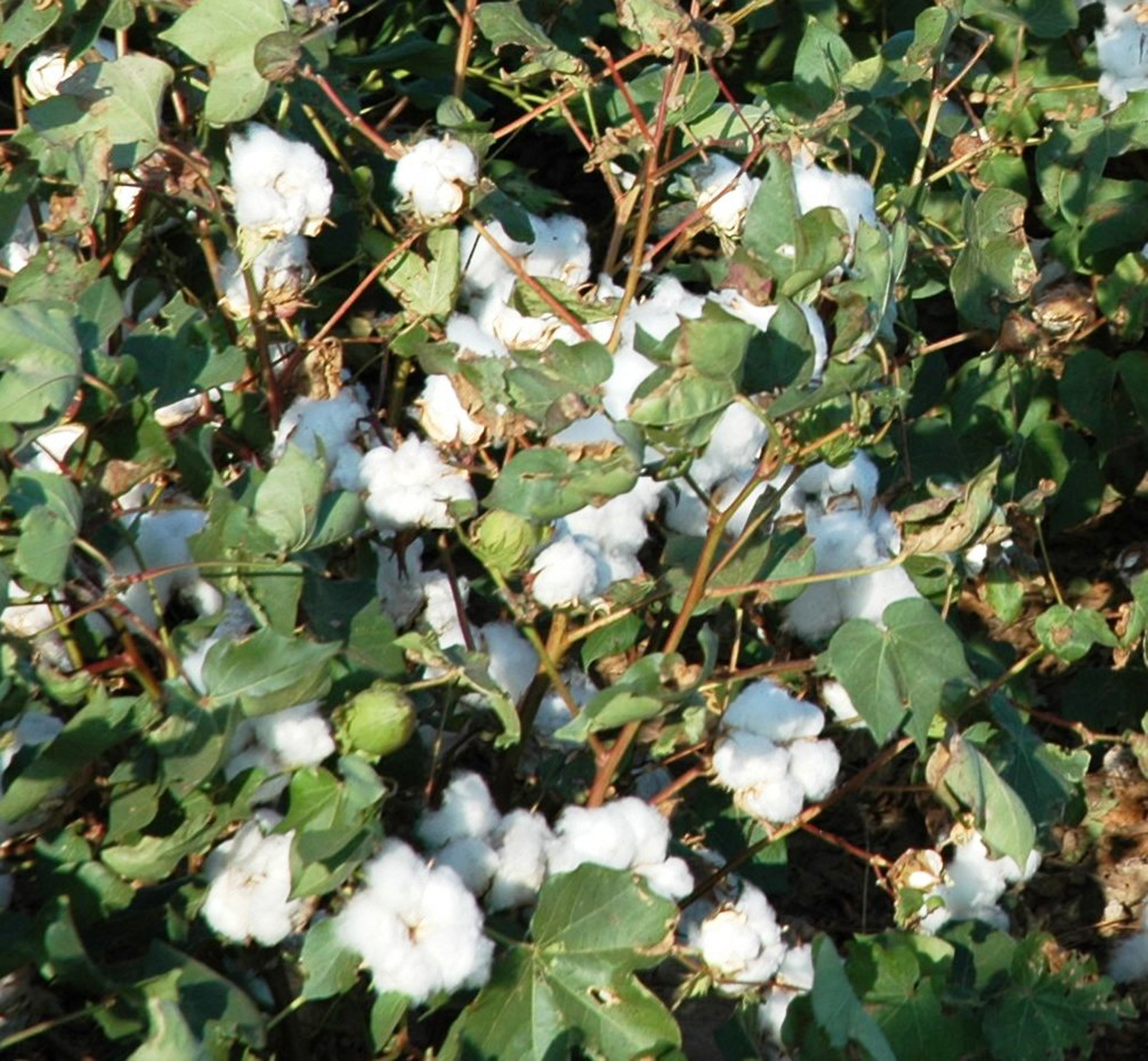
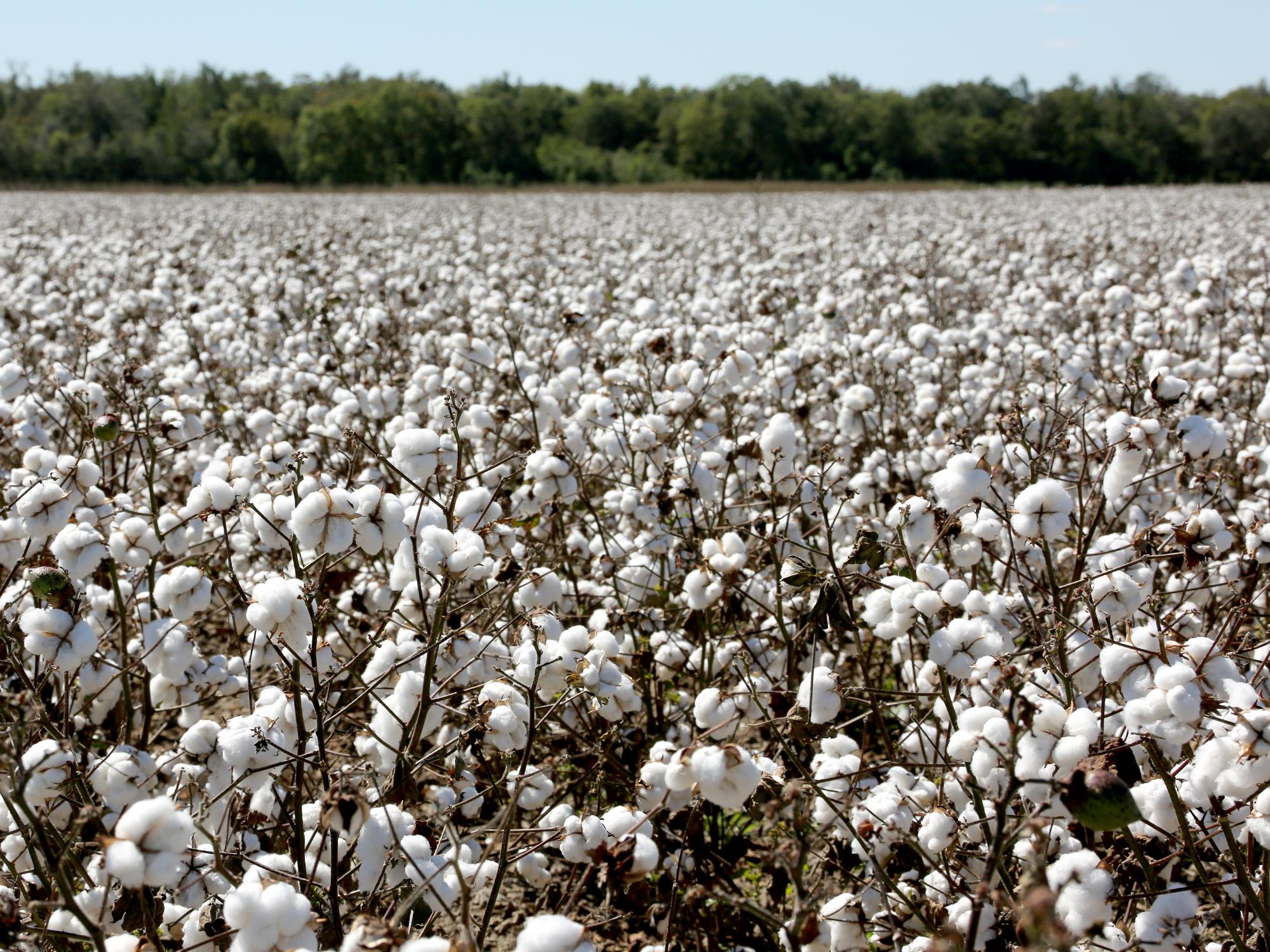
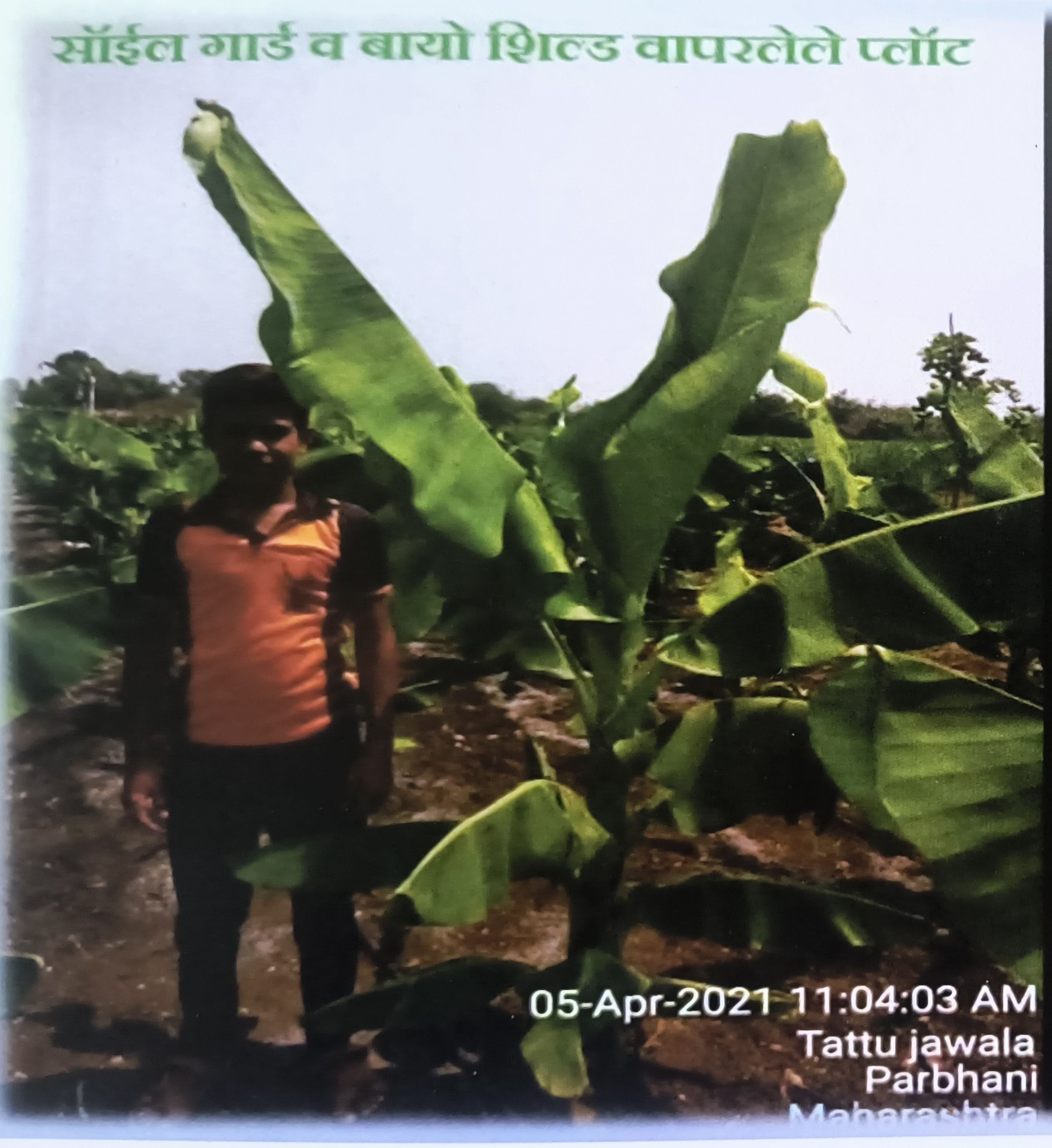
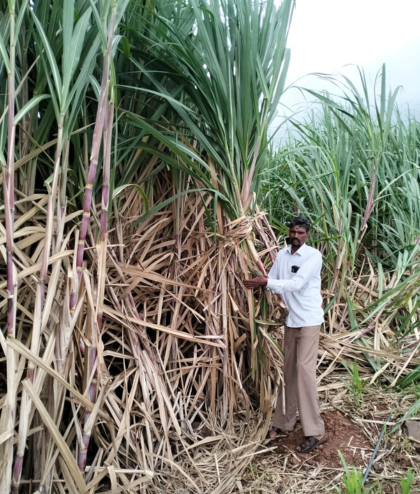
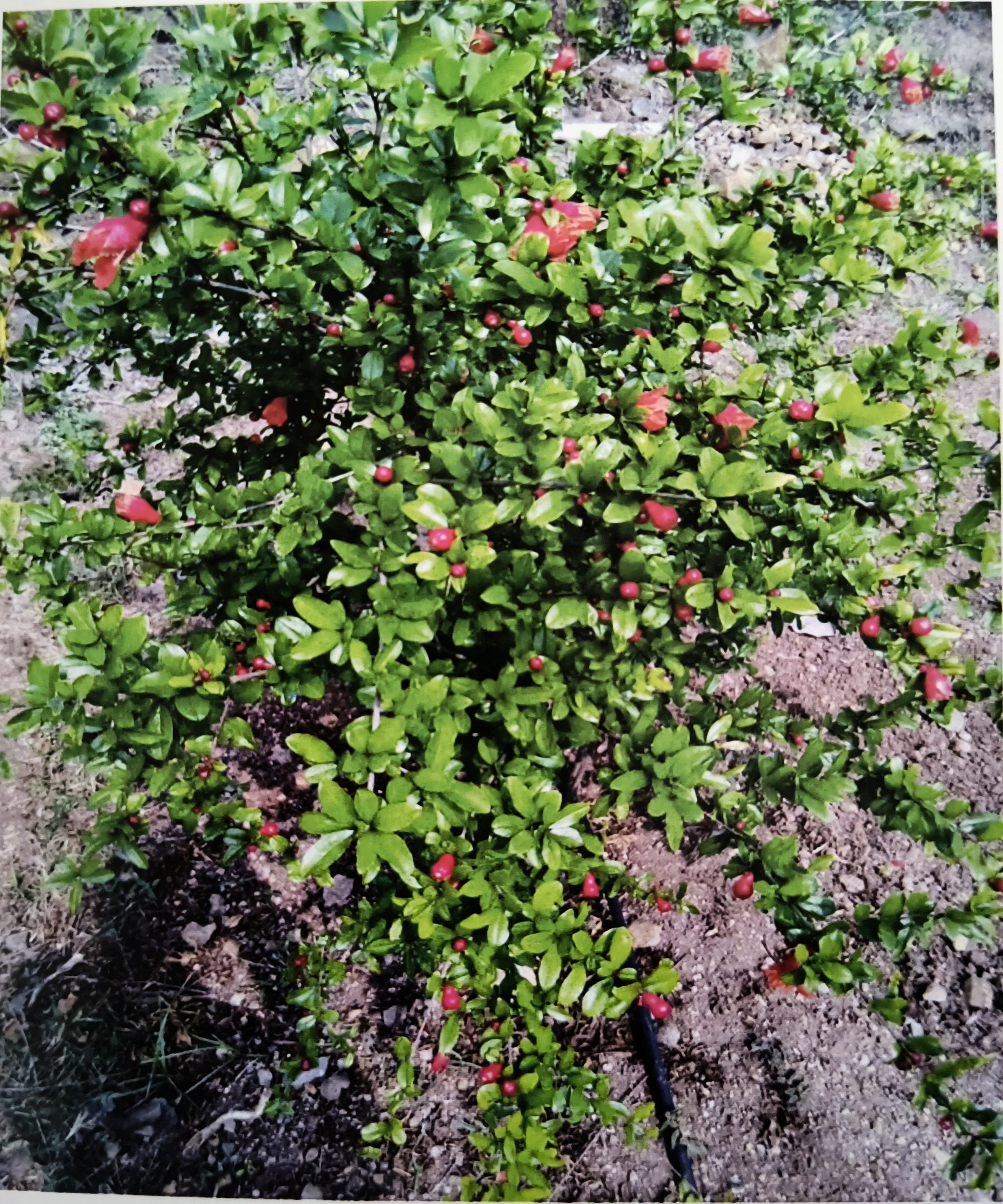
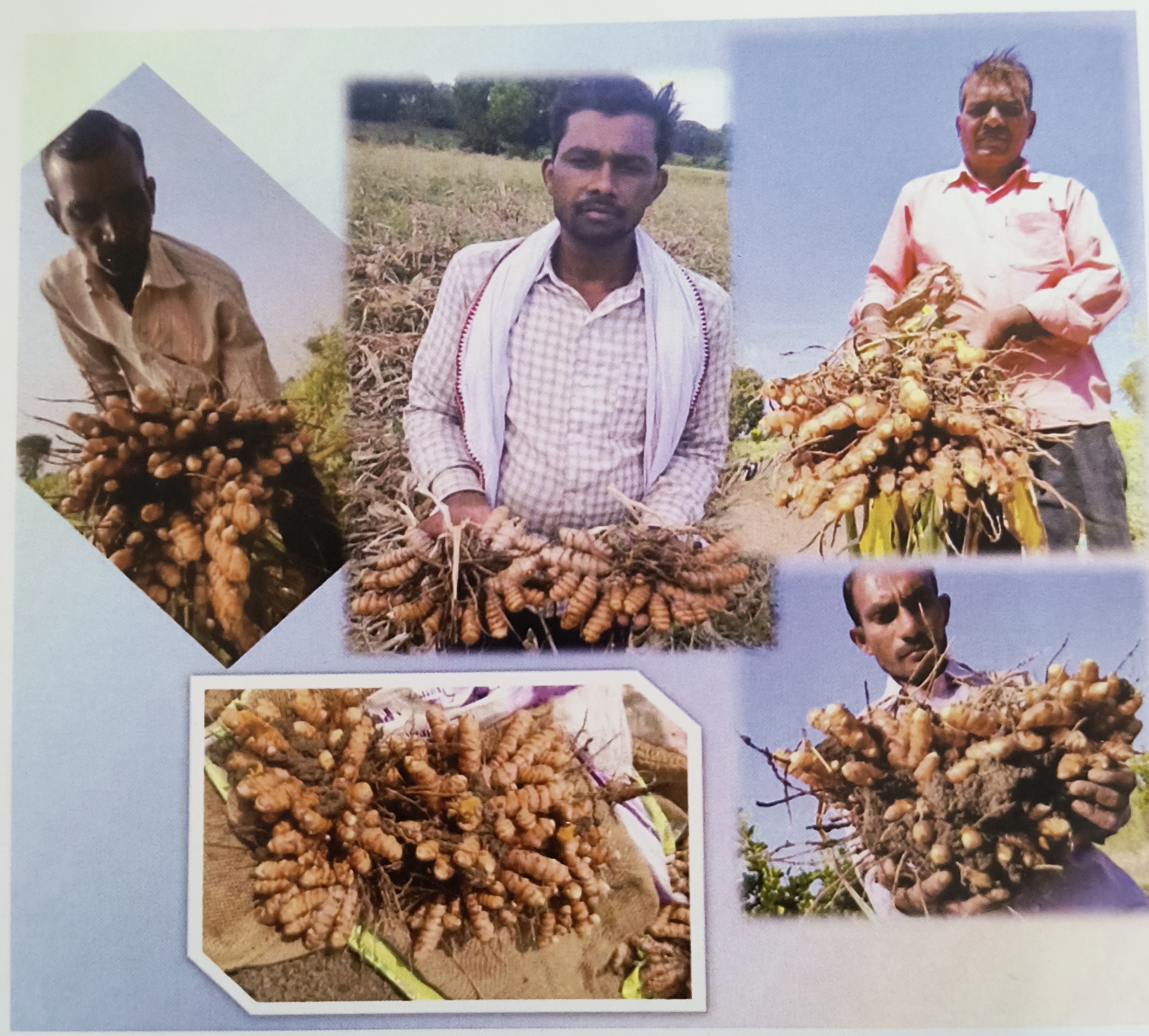

.png)